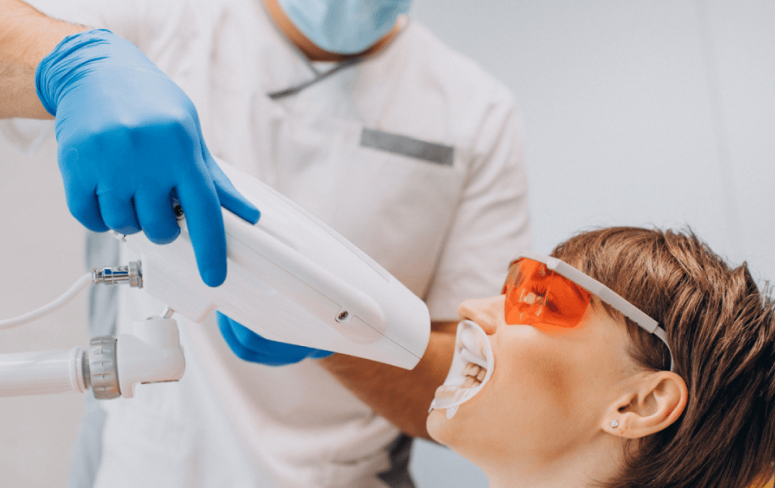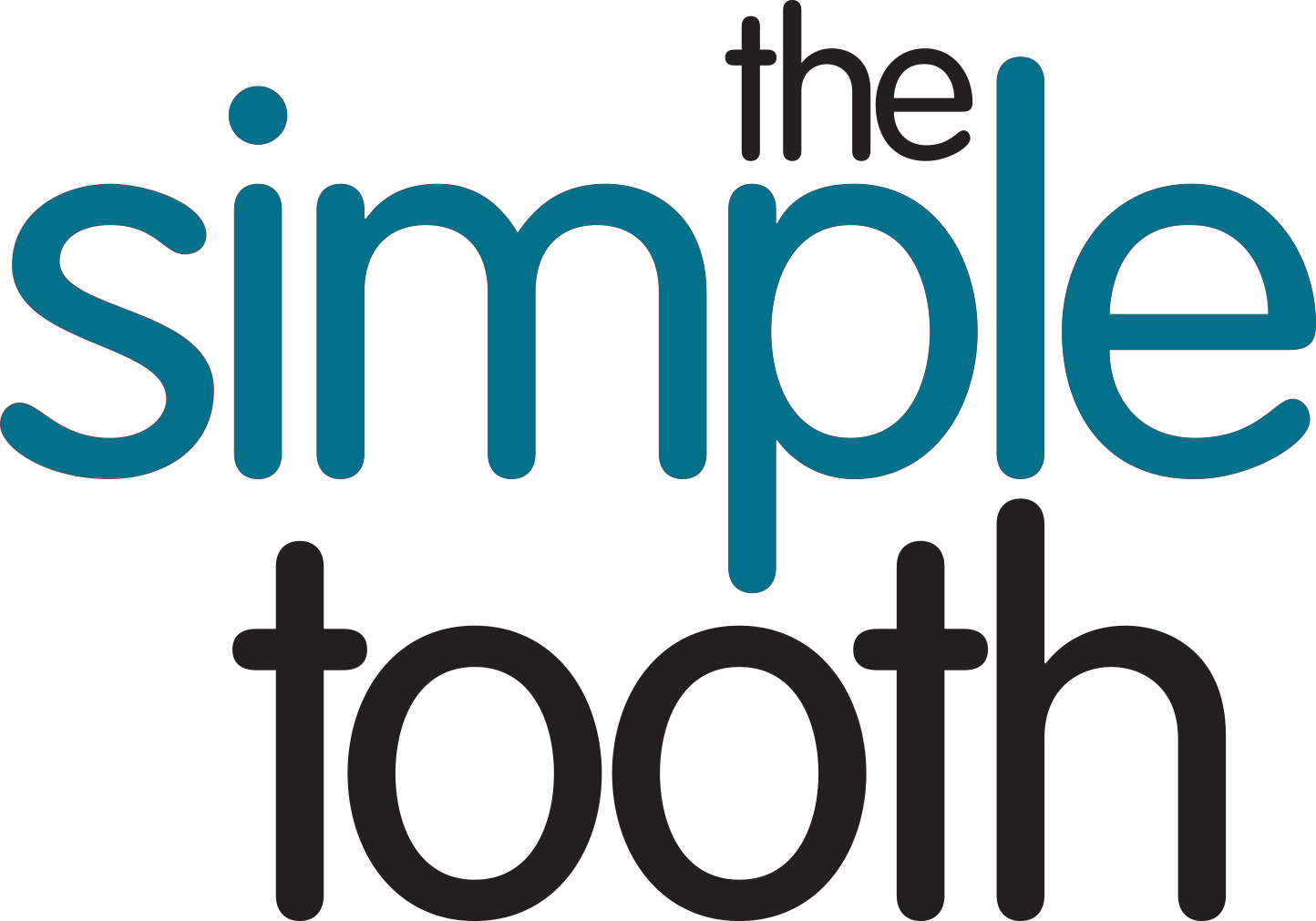26700 Towne Centre Dr #290 Foothill Ranch, CA 92610

Laser Dental Treatment
“Someone should get a cavity just so they can experience this!” Luke H, Trabuco Canyon
Treating fillings is becoming more comfortable, thanks to laser technology. We conservatively remove tooth decay with less vibration and heat, which in turn reduces the need for shots of anesthetic. Less than one adult in four now requires an injection for a filling appointment, and children need shots even less often than that.
Removing Cavities by Laser Ablation
We use the Fotona Lightwalker, a dual-wavelength laser. When erbium-infused crystals are excited, it produces photons–little “packets” of light energy. These are collected and focused into a coherent beam of light–a laser. When the laser beam hits its target tissue, known as chromophores, energy is released. Within the tooth structure, the chromophores are water and hydroxyapatite crystals. The water becomes so energized, it rapidly expands to steam. This micro-explosion removes a snowflake of tooth structure. The laser pulses at several times a second, rapidly yet gently removing enamel and dentin by this process called ablation. Unlike other lasers used in dentistry, erbium lasers leave behind a sterile, etched surface ready for bonding white filling materials.
We’ve all seen steam cause rapid, but small explosions before–every time we microwave popcorn. The microwave oven is just using a different wavelength of electromagnetic radiation to excite water molecules trapped deep inside the corn kernels. But where a microwave’s magnetron is using 1,000 W of broad and uneven energy, erbium laser dentistry is highly focused, typically needing just 2 to 5 watts of average energy output.
Why Don’t I Need a Shot With the Laser?
The largest driver of pain and sensitivity in dental procedures is heat buildup. High-speed dental drills spin against teeth at 100,000 to 200,000 rpm–that’s a lot of continuous friction, vibration, and heat. Water spray helps reduce the heat buildup, but it still hurts without a shot.
With a laser, the pulses last just 50 microseconds–50 out of a million fractions of a second. If every seat in Yankee Stadium were one second, a laser pulse would be two seats. So while the energy is high enough to ablate tooth structure, there is a relatively long period in between pulses for the enamel to thermally relax.
Think of a hot frying pan. If you rest your hand on it, the heat will build up faster than you can dissipate it, and your skin gets burned. Ouch. If you were to touch that same hot pan very rapidly, there isn’t enough time for heat to penetrate very far into your tissue. As long as there is sufficient time for your skin to thermally dissipate the energy, you don’t get burned, and you don’t feel any pain.
The majority of our patients, especially kids, and seniors, do not require injections to perform simple cavity preparations with the erbium laser. Even for the small minority of patients with sensitive teeth, less anesthetic is required than before.
What Else Can You Do With a Laser?
Our office has three different laser types: Er: YAG, ND: YAG, and diode. Combined, this flexible toolkit allows for a wide range of procedures.
Biostimulation – At low power levels, our ND: YAG laser provides relief of sore muscles, TMD-related pain, and recent surgical sites by gently increasing temperature, blood circulation, and healing response.
Early detection of cavities – Our Kavo Diagnodent is a diode laser. It detects fluorescence within suspicious brown spots, which would indicate active tooth decay.
Frenectomies – Tongue ties and lip pulls can be easily removed by laser. Because of the minimal collateral tissue damage, most cases are completely healed within one week.
Kid’s dentistry – Because cavity preparations can be done without the heat buildup of a drill, shots are not typically required for children. While we stress prevention, laser dentistry is a better experience for the young (and the young at heart).
Minimally invasive gum surgery – Both ND: YAG and Er: YAG lasers are used to treat moderate to advanced periodontal disease without laying open the gums with a flap. Cardiothoracic surgeons do heart surgery with as small an incision as possible, even using miniature robots and cameras, all because it improves recovery time and reduces the risk of complications. Open chest heart surgery is increasingly rare these days. By the same logic, we handle gum disease surgery as conservatively as possible, also.
Removing porcelain veneers and crowns – Because erbium lasers pass through porcelain like glass, we can ablate the thin cement layer. We can often remove any non-metal crown without drilling. This includes feldspathic porcelain veneers, e. Max lithium disilicate crowns, and Bruxzir zirconium oxide crowns.
Root canal treatment – The PIPS protocol uses laser energy to generate shock waves within the tooth, cleaning and disinfecting the internal canals and their microscopic nooks and crannies. Root canal treatment can be more conservative, longer lived, and less sore afterward.
Snoring reduction – The NIGHTLASE procedure tightens the soft palate, creating more airway space. It’s sub-ablative, so unlike the laser procedures performed at the ENT’s office, there is no burning or scarring. The only side effect is a temporary sore throat. Mild sleep apnea and snoring cases can see relief without the side effects of traditional dental sleep appliances.
Wrinkle reduction and lip augmentation – SMOOTHLASE uses an erbium laser to increase collagen production. This reduces the appearance of fine facial lines and increases the volume of the lips. While this procedure is slower than botox or fillers, there are far fewer risks or side effects. Like NIGHTLASE, there is no burning or ablation.
